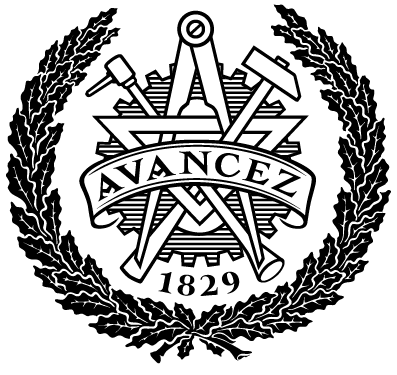Bridging AI readiness and application: Prototyping a strategy-aligned language model for quality insights at Skanska. A comprehensive study of organizational AI maturity, applied NLP development, and scalable implementation in construction quality management
Publicerad
Författare
Typ
Examensarbete för masterexamen
Master's Thesis
Master's Thesis
Modellbyggare
Tidskriftstitel
ISSN
Volymtitel
Utgivare
Sammanfattning
The construction industry is under increasing pressure to improve efficiency, reduce
costs, and enhance sustainability. While other sectors have advanced in AI adop tion, construction remains comparatively behind. This thesis explores how artificial
intelligence (AI) can support decision-making in construction, with a focus on Qual ity Management at Skanska Sweden AB.
First, organizational AI Readiness was assessed through interviews and workshops
using established organizational frameworks. This reveals both strategic interest and
practical challenges in applying AI. Second, an operational use case was explored by
developing an AI prototype that processes historical quality deviation texts. The
prototype was developed with the purpose of creating value for the Quality Depart ment by providing insight. Using natural language processing (NLP), the prototype
explored a weakly supervised classification approach combining unsupervised clus tering, pseudo-labelling via zero-shot learning, and a fine-tuned transformer classi fier (XLM-R and SBERT). Two promising category types, incident type and affected
building component, were identified and co-developed with domain experts to struc ture the data.
The results show that while AI readiness is moderate, initiatives often remain siloed
due to limited infrastructure, resources, and unclear ownership. Skanska shows a
growing awareness and curiosity around AI and there is potential to learn from
international practices within the company. However, although large volumes of
data available, barriers remain particularly in terms of the availability of structured
and labelled data. There is also a need for further AI-specific expertise, and it re mains challenging to integrate new tools into established workflows. The prototype
demonstrates practical value by visualizing patterns in text data, enabling the Qual ity Department to adopt a more data-driven and preventive approach. While weak
supervision proved challenging due to limited label quality and model sensitivity,
the final classifier achieved approximately 67% accuracy through fine-tuning with a
manually labelled dataset, accounting of 6‰. Despite this, the approach successfully
enabled structured insights into issue frequency, duration, and distribution across
projects. The prototype also serves as a scalable proof of concept, illustrating how
tailored AI solutions can accelerate digital transformation in construction.
Beskrivning
Ämne/nyckelord
Artificial Intelligence (AI), Natural Language Processing (NLP), Language Model Prototype, Text Classification, AI Readiness, Quality Management, Change Management, Construction Industry, Digital Transformation
